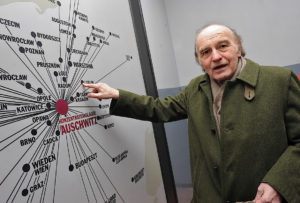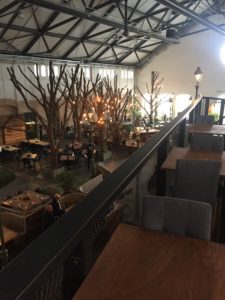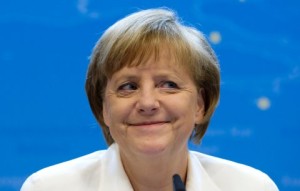In the US, there continue to be many citizens who cling to the “Big Lie”, the claim by former President Trump, and other Republicans, that Trump actually won the 2020 election. This follows the record number of exaggerations and outright falsehoods emanating from the Trump White House. Many have simply shrugged off the constant string of lies and misleading claims. This is clearly a dangerous trend in terms of maintaining a healthy democracy. In fact, today, Memorial Day in the US, President Biden said that “democracy is in real peril,” both in the US and elsewhere. Meanwhile, former National Security Advisor of the United States, Michael Flynn, suggested that the military putsch in Mayanmar could be a model for what should occur in the US.
Added to that development has been the proliferation in the claims of “false news” when journalists published articles in any way critical of the Trump administration. That, along with the echo chamber created in social media, has resulted in widespread suspicion of mainstream media. That has led to projects such as the News Literacy Project, which aims to build an informed citizenry through “programs and resources for educators and the public to teach, learn and share the abilities needed to be smart, active consumers of news and information and equal and engaged participants in a democracy”.
Turning to Germany, a federal minister, Franziska Giffey, family minister has had to resign her position. Why? She has been accused of plagiarizing in writing her Ph.D. dissertation. In fact, she is the third federal minister in the recent past to have resigned for the same reason. Cheating and lying are seen as incompatible with holding public office in Germany. It’s remarkable, in terms of comparison with the US, how many German politicans have earned high academic degrees. Angela Merkel herself has a Ph.D. in quantum chemistry. It is not likely that Frau Giffey intended to plagiarize, but rather was likely sloppy in her note-taking and did not distinguish sufficiently between her own notes and citations from sources. That in itself is likely in Germany to be seen negatively, as an indicator of Unordnung, a failure to keep order and good organization in her research.
Of course, in the case of Frau Giffey, we are far far from the Big Lie (and the many smaller lies), which did not prove to be sufficient for a US President to be considered unfit for office. At least he didn’t plagiarize. Or has he?





















